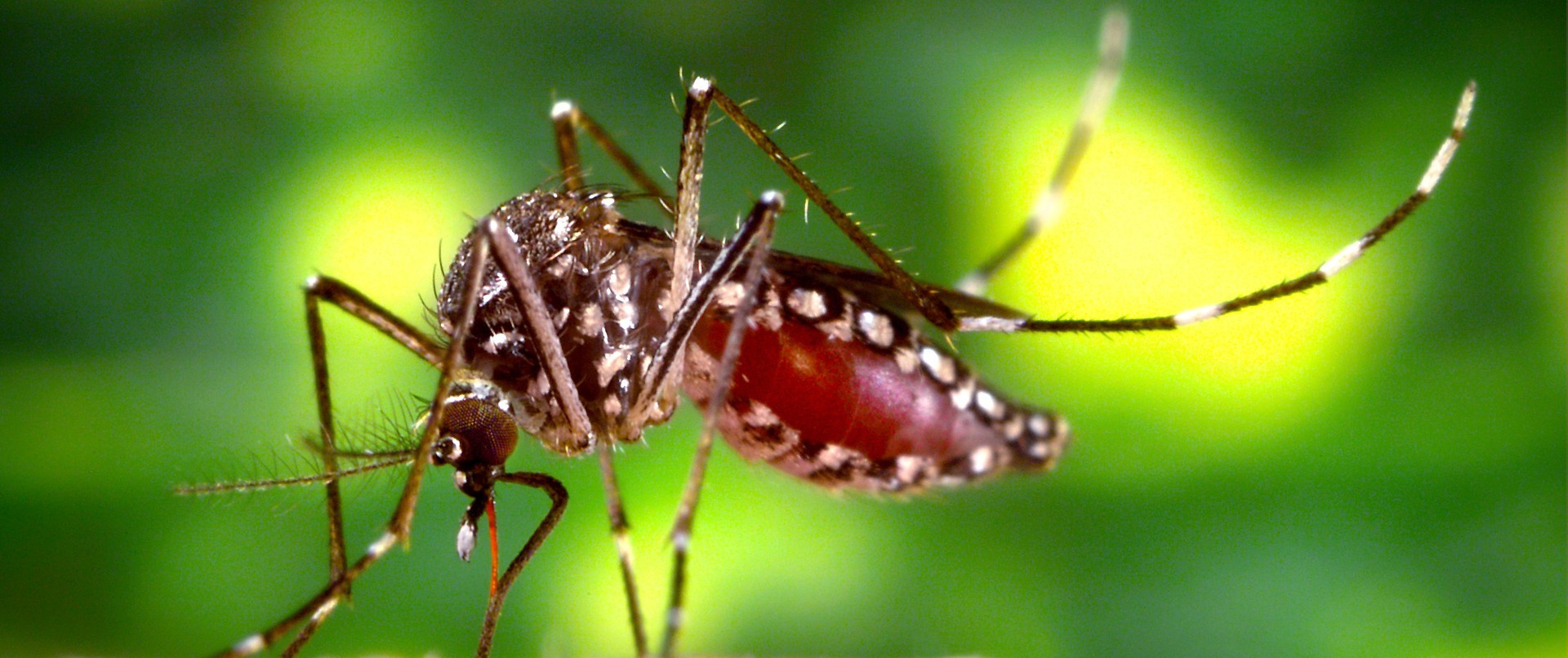ZIKA Virus
Zika virus, a virus discovered in 1947 in Uganda, has emerged in the Americas in February 2014 on Easter Island, Chile, and has since been causing an unprecedented outbreak in several countries in the Americas, infecting more than half a million of people according to the latest estimations.
In the news of this epidemiological crisis, EVAg is mobilizing experts in its network to work on bringing new tools to the scientific communities in the diagnostic and research field. Two strains are already available free of charge, for NON U.S. laboratories AND for U.S. laboratories.
We hope to have new products available soon, follow us on social media for regular updates.
About Zika virus, Dr Ian M Mackay, Associate Professor at the University of Queensland, has published on his blog a good introduction to the biology and epidemiology of this virus as of Tuesday,5 January 2016.
Here is a shortened version of this introduction (full version available here):
Zika virus briefly...
Zika virus (ZIKV) […] was first isolated from samples from naturally infected sentinel Rhesus macaques (monkey) which were placed in cages on variously elevated platforms in the Zika ("overgrown") forest in Uganda in 1947.[1] The virus was not described in the literature until 1952 although many others from the discoveries in this region were.[1,14, 10] […]
ZIKV is a mosquito-borne virus that has an RNA genome (positive sense) and is enveloped by a lipid membrane […] surrounding an icosahedral capsid. Inside the capsid is the genome. This is the same basic structure as that found among other viruses of the family Flaviviridae of which ZIKV is a member; it falls into the genus Flavivirus of the family Flaviviridae […].
ZIKV replicates in the infected host cell's cytoplasm and first makes a single protein (a polyprotein) which is subsequently cleaved up into different functional peptides.[2,5]
Some flaviviruses are borne […] by arthropods - ticks apart from mosquitoes - infecting via a virus-laden puncture/bite/injection during which virus is introduced. These viruses are all grouped together under the umbrella term of arthropod-borne viruses or arboviruses.
Arboviruses replicate (grow) within the cells of the particular arthropod host, where they are amplified to higher viral loads […].[6,7]
Generally, ZIKV causes a relatively mild illness in a proportion of those infected.[9] Signs and symptoms can include fever, rash, joint (arthralgia) and muscle (myalgia) pain, conjunctivitis, headache and jaundice but with its recent rapid spread - or more rigorous detection - a link is being investigated to a parallel rise in cases of a rare disease, detected at birth or thereafter, called microcephaly. This has been reported in some countries with ZIKV cases, but not from all. […]
Countries and territories with autochthonous transmission. Epidemiological Week 51 - 2015. PAHO & WHOMicrocephaly manifests, as the name suggests, as markedly smaller than normal head size and is linked to reduced brain growth in utero or brain development after birth.[3] While a link between microcephaly and viruses is not new, a link (statistical, supported with data) has yet to be found to ZIKV infection.[4] […] Three instances report ZIKV in amniotic fluid or in newborn tissues and one case of sexual transmission tentatively described.[15,17] Thousands of ZVD cases have reportedly been accruing on a weekly basis in Colombia alone which found its first local (autochthonous) transmission October 2015.[16] The first autochthonous reports of ZIKV infection in the Americas were confirmed in February 2014 on Easter Island, Chile.[18] In May 2015, Brazil reported discovery of its first autochthonous cases and November 2015 saw the first autochthonous circulation reports by El Salvador, Guatemala, Mexico, Paraguay, Suriname, and Venezuela.[18]
Laboratory confirmation of a suspected or probable case can be by detection of ZIKV RNA using RT-PCR in samples from an acutely infected case and by the finding of IgM antibodies 5 or more days after illness onset.[8,9] ZIKV antibody studies must be considered alongside studies of other flaviviruses which may cross-react or non-specifically flare up during infection by another related, or unrelated, virus.[10,11,12,13] The time during which virus remains in the blood may only be 3 to 5 days.[9]
But other infections can be similar to ZVD including:[8]
- dengue viruses
- leptospirosis
- malaria
- rickettsia
- group A streptococcus
- rubella virus
- measles virus
- parvovirus
- enterovirus
- adenovirus
- Chikungunya virus
- Mayaro virus
- Ross River virus
- Barmah Forest virus
- O’nyong-nyong
- Sindbis viruses
No specific antiviral or vaccine exists for ZIKV infection.
References...
- http://wwwnc.cdc.gov/eid
- http://web.stanford.edu
- http://www.mayoclinic.org
- http://www.childrenshospital.org
- http://viralzone.expasy.org
- http://www.sciencedirect.com
- http://journals.plos.org
- http://www.cdc.gov/zika
- http://ecdc.europa.eu
- http://www.cdc.gov/westnile
- http://www.ncbi.nlm.nih.gov/pmc
- https://books.google.com.au/books?id=73pYBAAAQBA
- https://books.google.com.au/books?id=BseNCgAAQBAJ
- Zika virus. I. Isolations and serological specificity.DICK GW, KITCHEN SF, HADDOW AJ.Trans R Soc Trop Med Hyg. 1952 Sep;46(5):509-20.
http://www.ncbi.nlm.nih.gov/pubmed/12995440- http://www.forbes.com
- http://outbreaknewstoday.com
- http://wwwnc.cdc.gov/eid/article/21
- http://www.paho.org/Hq
- http://www.paho.org/hq
By Dr Ian M Mackay, Associate Professor at the University of Queensland
Go to http://virologydownunder.blogspot.fr for a full version of this introduction.
If you want to have more details on Zika virus, visit

